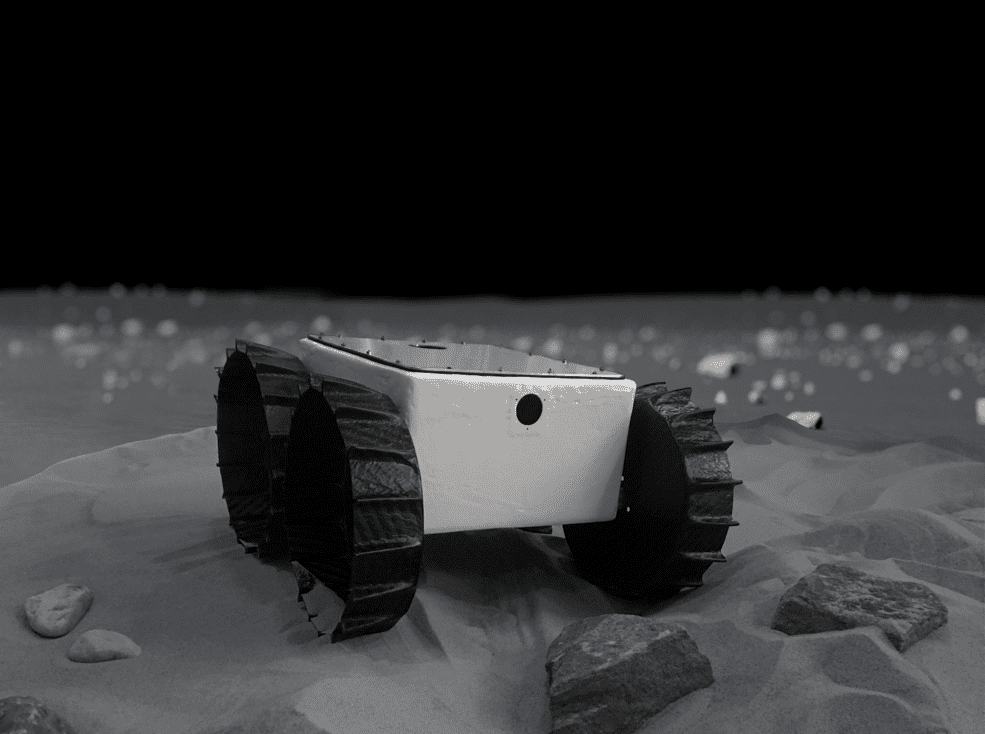Carnegie Mellon University is set to make history as it launches a tiny, lightweight rover called Iris, and MoonArk, a “collaborative sculpture project” to the Moon. A United Launch Alliance (ULA) rocket will carry the university’s projects to the moon, with the earliest possible launch date on May 4.
The CMU students get the distinction of sending a rover to the moon before NASA has their chance. While America’s space program has done a lot for lunar exploration, putting a rover on the Moon isn’t one of those things. To date, NASA has sent five robotic rovers to Mars, but stayed away from lunar robots.
However, the space agency has begun work on the lunar rover VIPER, the Volatiles Investigating Polar Exploration Rover, and is preparing for a Moon landing date November 10, 2024. In the meantime, China’s Yutu-2 robot has been roaming across the Moon’s far side, documenting lunar rocks. Greece, Japan and the United Arab Emirates are also working on lunar rover programs.
“Hundreds of students have poured thousands of hours into Iris. We’ve worked for years toward this mission, and to have a launch date on the calendar is an exciting step,” said Raewyn Duvall, research associate for CMU and Iris program manager.
Around 300 students worked on Iris, which will be sent aboard the Peregrine lander on ULA’s Vulcan Centaur. Once deployed, Iris will conduct a 60-hour mission consisting of taking photos and sending them back to Earth.
The microwave oven-sized rover will not only be the first American rover to leave tracks on the Moon, but will also be the first student-developed rover, the smallest and lightest rover, and the first with both a carbon fiber chassis and wheels. Iris will be controlled and monitored by Carnegie Mellon Mission Control on the university’s Pittsburgh campus.
“In space, what matters is what flies, and soon you’ll see irrefutable proof that what Carnegie Mellon has accomplished in planetary exploration matters a great deal,” said William “Red” Whittaker, the Founders University Research Professor at the Robotics Institute.
Additionally, CMU will also be among the first to help send a museum to the Moon – the MoonArk project. MoonArk contains the work of 18 universities and organizations, 60 team members, and more than 250 contributing artists, designers, educators, scientists, engineers, choreographers, poets, writers, and musicians.
It consists of titanium, platinum and sapphire chambers containing hundreds of images, poems, music, nano-objects, mechanisms and samples from Earth.
MoonArk aims to celebrate human creativity and knowledge and preserve it for future generations. The project is a unique example of how collaboration and innovation can bring about new ways of exploring and understanding our universe.
A CMU press release notes that the project “marks the first time that a sculpture project is flown on a NASA mission, the first time an art/science payload is flown to the Moon, and the first time a cultural artifact is placed on another celestial body”.



